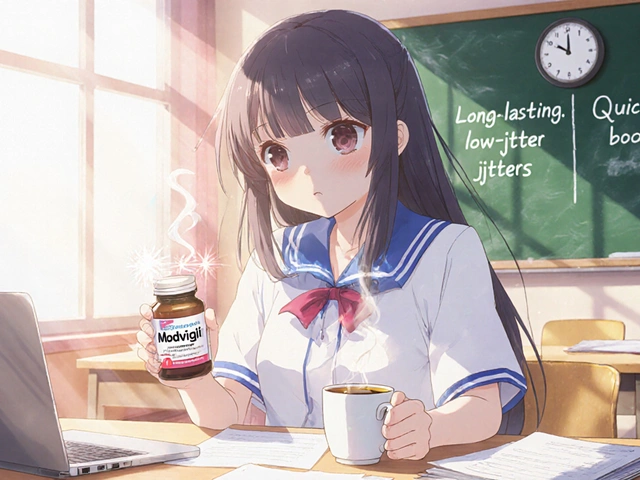Omega-3: What it does, how much you need, and how to pick one
Omega-3 fats (mainly EPA and DHA) help your heart, brain, joints, and inflammation levels. You can get them from fatty fish, fortified foods, or supplements. This page gives quick, useful rules so you know what to eat, how much to take, and how to avoid low-quality products.
Why omega-3 matters
EPA and DHA support heart health by lowering triglycerides and can slightly reduce the risk of heart events for some people. DHA is important for brain function and is often recommended during pregnancy. People with inflammatory issues may notice less stiffness and pain when they use higher doses. If you eat fatty fish (salmon, mackerel, sardines) twice a week, you cover a lot of your needs.
Simple dosing rules
For general health: aim for about 250–500 mg combined EPA+DHA per day. Pregnant or breastfeeding? Aim for at least 200–300 mg DHA daily in addition to a healthy diet. For high triglycerides or strong inflammation: doctors often recommend 2–4 grams of EPA+DHA per day — that’s a therapeutic dose and should be guided by your clinician. If you’re taking blood thinners, talk to your doctor before increasing omega-3, since high doses can affect bleeding risk.
Not all omega-3s are equal. ALA from flax, chia, and walnuts is good, but your body converts only a small amount into EPA/DHA. If you don’t eat fish, consider an algal DHA supplement or a high-quality fish oil that lists EPA and DHA amounts on the label.
Picking a supplement: check the label for total EPA and DHA per serving (not just total fish oil). Prefer brands that use third-party testing like USP, NSF, or IFOS — they check purity and heavy metals. Smell and taste matter: rancid oil smells fishy or bitter. Store bottles in a cool, dark place and use within the recommended time after opening.
If you’re vegetarian or vegan, algal oil gives direct DHA and sometimes EPA. Cod liver oil contains vitamin A — don’t exceed recommended amounts in pregnancy. For kids, use smaller capsules or liquid formulas made for children with clear dosing instructions.
Quick checklist before buying: 1) EPA+DHA amount per serving, 2) third-party purity testing, 3) freshness (no strong fishy smell), 4) expiration date, 5) cost per mg of EPA+DHA. This keeps you from paying for low-concentration products.
Want more reading? Check related supplement pieces on MexicanPharmacyPrices for comparison articles like "Peanut Oil: The Surprising Health Benefits" and our general supplement guides. If you have specific health goals, ask your doctor for a blood test and a recommendation tailored to you.





